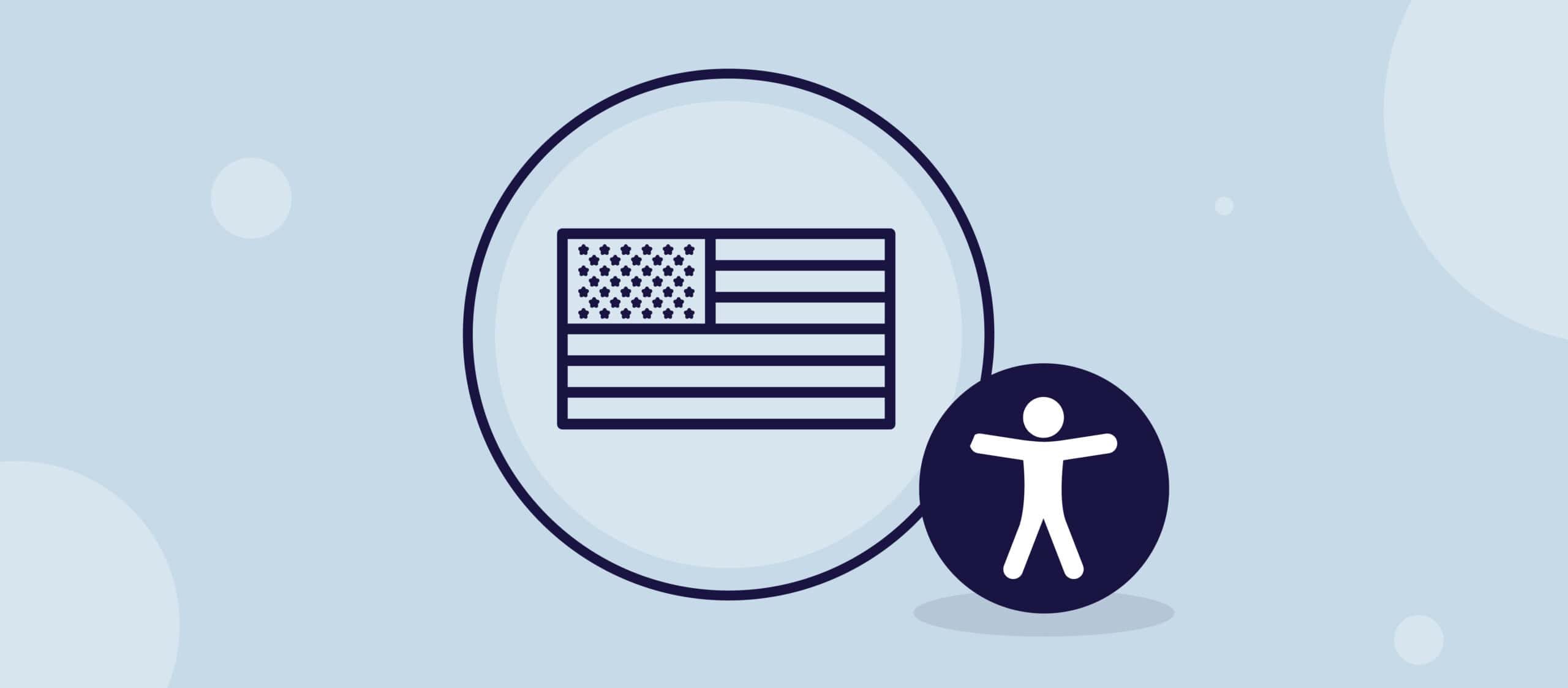I dagens fartsfylte digitale tidsalder er betydningen av å skape inkluderende miljøer viktigere enn noensinne. Å skape et inkluderende digitalt miljø betyr å sørge for at alle, uavhengig av fysiske, kognitive eller sensoriske evner, har muligheten til å navigere, forstå og samhandle med digitalt innhold på en effektiv måte. Denne tilnærmingen er viktig, ikke bare ut fra et moralsk perspektiv, men også for å engasjere et bredere spekter av brukere med ulik bakgrunn og erfaring.
Ved å legge vekt på inkludering forvandles digitale rom til dynamiske knutepunkter for kreativitet, teamarbeid og samfunnsinkludering, noe som virkelig gjenspeiler mangfoldet i den globale befolkningen. For organisasjoner som opererer i den digitale sfæren, er det avgjørende å forstå og ta i bruk effektive strategier som fremmer slik inkludering. Disse strategiene forbedrer brukeropplevelsen, utvider tilgangen og sikrer at alle kan delta fullt ut i det digitale fellesskapet, og beriker dermed det digitale økosystemet med ulike perspektiver og ideer.

Viktigheten av inkluderende digitale miljøer
Inkluderende digitale miljøer gir betydelige fordeler, og bidrar til økt sosialt samhold og etisk praksis, samtidig som de utvider forretningsmulighetene. På det sosiale plan hindrer de at enkeltpersoner blir utestengt fra digitale fremskritt, og de fremmer likestilling og integrering. Inkluderingen sikrer at alle samfunnsmedlemmer kan delta i og dra nytte av den teknologiske utviklingen, noe som støtter prinsippet om å redusere det digitale skillet og styrke båndene i samfunnet.
Etisk sett er det å skape tilgjengelige digitale rom gjenspeiler en forpliktelse til universelle menneskerettigheter, og bekrefter at digital fremgang skal komme alle til gode. Denne tilnærmingen er i tråd med globale initiativer som FNs mål for bærekraftig utviklingsom tar til orde for å redusere ulikhetene.
Kommersielt sett åpner inkludering nye markeder ved å engasjere demografiske grupper som tidligere ble oversett, noe som fører til økte inntektsstrømmer og styrket merkevarelojalitet. Bedrifter som anerkjennes for sitt samfunnsansvar, tiltrekker seg kunder som verdsetter rettferdighet og inkludering, noe som gir et konkurransefortrinn og driver innovasjon gjennom mangfoldig kundeinnsikt.
Inkluderende digitale rom gir dessuten brukerne mulighet til å uttrykke seg, lære og samhandle globalt ved å tilby verktøy og plattformer. Denne styrkingen er avgjørende for å fremme mangfold, slik at et mangfold av stemmer og erfaringer kan berike digitale interaksjoner og stimulere til innovasjon. Jo flere ulike brukere et digitalt miljø kan støtte, desto mer dynamisk og kreativt blir det, noe som fører til et mer inkluderende og innovativt digitalt samfunn.

Viktige strategier for å skape inkluderende digitale miljøer
Designtenkning og tilgjengelighet
Bruk av designtenkningsprinsipper kan i stor grad forbedre tilgjengeligheten til det digitale produktets. Denne brukersentrerte tilnærmingen starter med å sette seg dypt inn i brukernes situasjon, også når det gjelder funksjonshemmede, for å forstå deres behov og erfaringer fullt ut. Den legger vekt på å forstå brukernes utfordringer i detalj, noe som bidrar til en mer inkluderende idéutviklingsprosess. Etter empatien innebærer designtenkning idémyldring om kreative løsninger og rask prototyping for å teste og forbedre ideene. Denne iterative syklusen sikrer at universell utforming blir tatt hensyn til i hvert trinn, i stedet for å komme i etterkant. Ved å integrere universell utforming fra begynnelsen av gjør designtenkning det lettere å utvikle digitale produkter som er universelt anvendelige, og som gir en bedre brukeropplevelse for et bredere publikum. Denne proaktive tilnærmingen forbedrer ikke bare funksjonaliteten, men også inkluderingen, noe som gjør digitale miljøer mer imøtekommende og innbydende for alle brukere.
Prinsipper for universell utforming
Konseptet universell utforming har som mål å gjøre produkter og omgivelser tilgjengelige for flest mulig uten behov for spesialtilpasninger. Det omfatter syv kjerneprinsipper: likeverdig bruk, fleksibilitet i bruk, enkel og intuitiv betjening, forståelig informasjon, feiltoleranse, minimal fysisk anstrengelse og tilstrekkelig størrelse og plass for tilgang. Disse prinsippene sikrer at digitale plattformer er tilpasset et bredt spekter av evner og funksjonshemminger, noe som øker brukervennligheten for alle. Ved å følge disse retningslinjene blir digitale miljøer mer brukervennlige og inkluderende, noe som ikke bare kommer dem med spesifikke behov til gode, men alle brukere, og dermed øker rekkevidden og effektiviteten til digitale løsninger.
Teknologiske hjelpemidler og verktøy
Ulike teknologiske hjelpemidler og verktøy er avgjørende for å øke tilgjengeligheten i digitale miljøer. Skjermlesere, tekst-til-tale- og talegjenkjenningsteknologi støtter brukere med synshemminger eller lærevansker ved å konvertere tekst til lyd eller legge til rette for enklere kommunikasjon. Funksjoner som kontrastjusteringer og tekstforstørrelse hjelper svaksynte, mens stemmestyrt navigasjon og berøringsassistanse hjelper brukere med fysiske begrensninger. Ved å ta i bruk disse verktøyene øker man ikke bare tilgjengeligheten, men forbedrer også den generelle brukeropplevelsen betraktelig. Slike forbedringer sikrer at digitale plattformer er inkluderende, slik at alle brukere, uavhengig av funksjonsevne, kan ta del i det digitale innholdet.
Kontinuerlig tilbakemeldingssløyfe
Å involvere brukere med funksjonsnedsettelser i designprosessen er avgjørende for å skape tilgjengelige digitale produkter. Deres unike perspektiver bidrar til å identifisere og løse potensielle barrierer, noe som forbedrer produktfunksjonaliteten. Ved å integrere disse brukerne fra starten av og ta i bruk en iterativ testtilnærming, kan tilbakemeldinger samles inn og implementeres kontinuerlig, noe som sikrer at produktene utvikles for å møte ulike behov. Denne prosessen bidrar ikke bare til bedre inkludering, men også til å forbedre brukeropplevelsen og gjøre digitale miljøer mer brukervennlige. Derfor er det ikke bare en fordel å involvere brukere med funksjonsnedsettelser, det er også en viktig strategi for å utvikle virkelig tilgjengelige digitale løsninger som treffer et bredere publikum.

Fordelene med inkluderende digitale miljøer
Fordelene med å skape inkluderende digitale miljøer er mange og betydelige. For det første øker de brukertilfredsheten ved at alle, uavhengig av funksjonsevne, føler seg verdsatt og forstått. Denne følelsen av inkludering bidrar til økt brukerengasjement og lojalitet, noe som er avgjørende for å opprettholde langsiktige kundeforhold. For det andre utvider disse miljøene markedsrekkevidden ved at de appellerer til et globalt publikum med ulike behov og bakgrunner, noe som utvider selskapets kundebase og potensielt øker inntektsstrømmene.
Fra et juridisk perspektiv bidrar overholdelse av standarder for universell utforming til at virksomheter unngår risikoen for søksmål og økonomiske sanksjoner som følge av manglende etterlevelse. Å overholde disse standardene er ikke bare en rettslig garanti, men styrker også bedriftens omdømme og viser at den er opptatt av rettferdighet og likeverd.
I tillegg har en rekke casestudier, inkludert høyprofilerte initiativer fra selskaper som Microsoft, illustrerer den positive effekten av å prioritere universell utforming. Ved å integrere tilgjengelighetsfunksjoner i alle sine produktserier har Microsoft ikke bare forbedret brukeropplevelsen for personer med nedsatt funksjonsevne, men også utvidet sin markedsrekkevidde. Denne tilnærmingen er ikke bare i tråd med etisk forretningspraksis, men gir også et konkurransefortrinn på markedet, noe som beviser at tilgjengelighet er en strategisk fordel som kan føre til både vekst og innovasjon.
Konklusjon
Inkluderende digitale miljøer er avgjørende for å skape universelt tilgjengelige og innbydende plattformer. Ved å ta i bruk de omtalte strategiene kan utviklere gå lenger enn å overholde lover og regler og bli ledende innen digital inkludering. Ved å ta i bruk disse prinsippene kan man bidra til en mer inkluderende og rettferdig digital fremtid. Til syvende og sist er det en strategisk fordel å prioritere tilgjengelighet i nett- og mobilmiljøer, noe som styrker konkurransekraften i det digitale landskapet.


